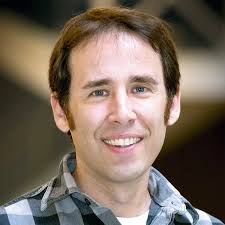After GW150914: gravitational-wave astronomy in the era of routine detection [slides]
David Caro building, Level 7 conference room
More information
-
 Dr Eric Thrane, Senior Lecturer
Dr Eric Thrane, Senior Lecturer
Monash University
Email: eric.thrane[a]monash.edu
Abstract
The first detection of gravitational waves from merging black holes (dubbed GW150914) ushered in the era of observational gravitational-wave astronomy. Since this seminal discovery, Laser Interferometer Gravitational-wave Observatory (LIGO) has announced the detection of three additional confirmed merger events–four if we include the marginal LVT151012. As the sensitivity of our detector network improves, detections will become routine. Indeed, at design sensitivity, LIGO may be detecting several events every week. This glut of gravitational waves presents us with new opportunities. I discuss a few of the research directions that have emerged in the wake of LIGO's first detections including observationally-Driven analysis of binary black hole formation channels, measurements of gravitational-wave memory, and tests of the famed no-hair theorem.